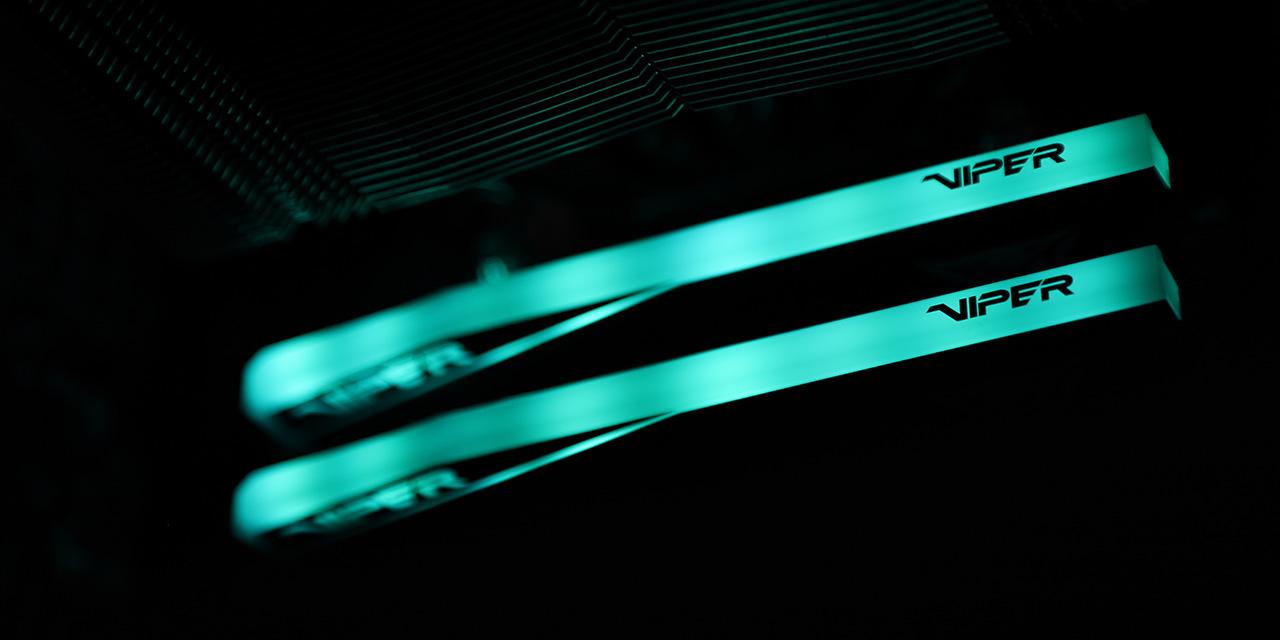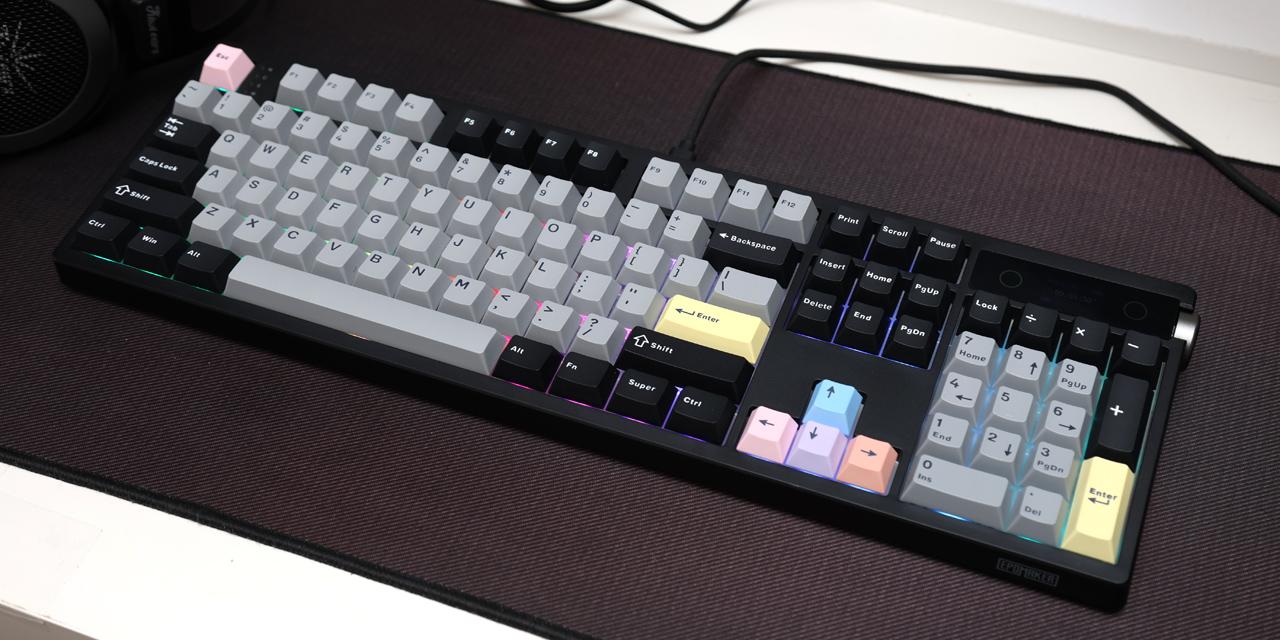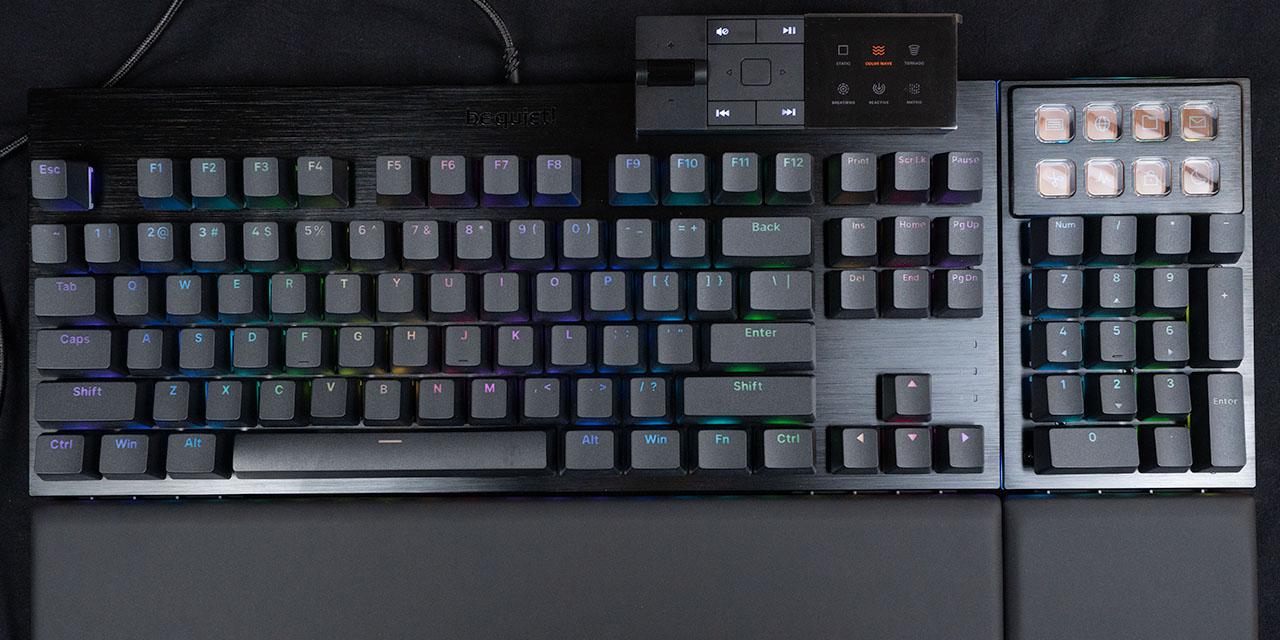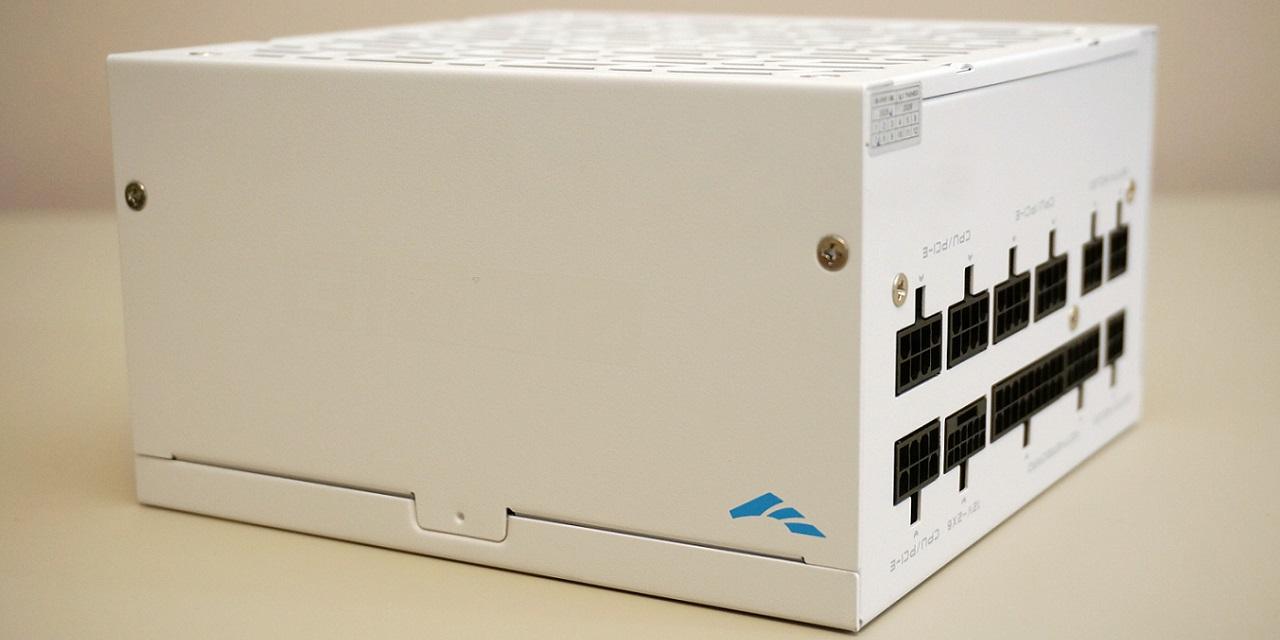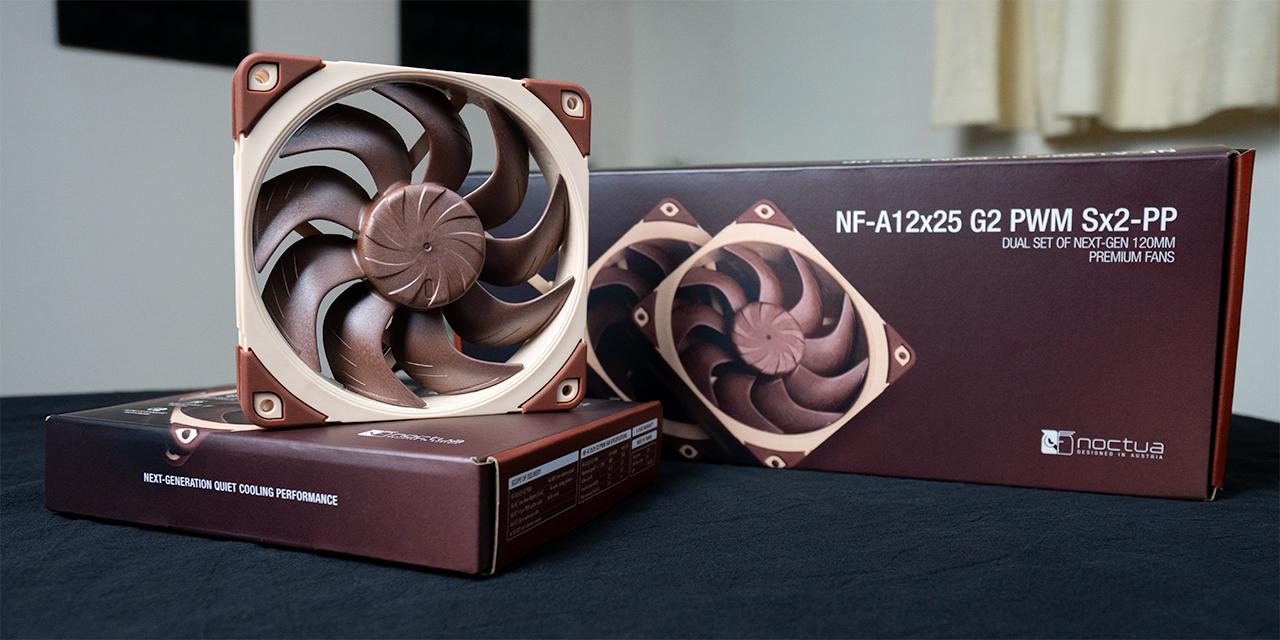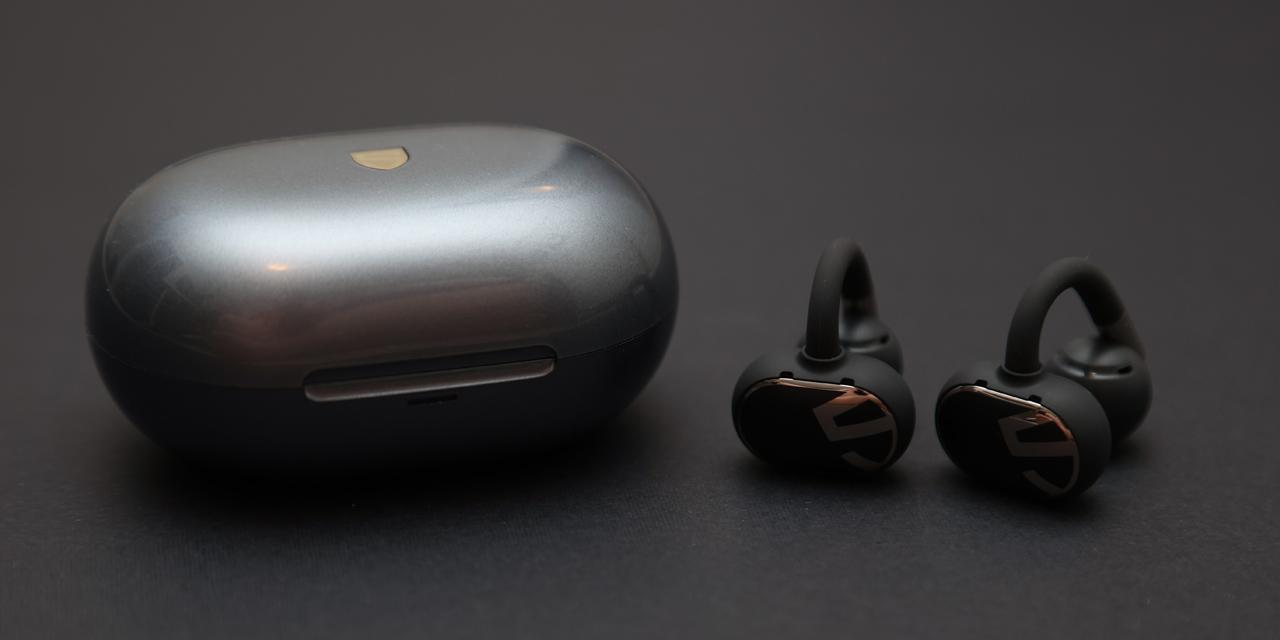Page 2 - Physical Look - Hardware
This is the first time I am covering over-ear headphones from 1MORE. In recent times, the company has progressed towards cleaner and classier looking products, and the SonoFlow is a great example. Its conservative design along with the all-black matte finish means the SonoFlow does little to call explicit attention to itself in public. Its subtle looks do not mean it lacks design, however. The design lines are clean and modern with sleek curves suitable for a consumer audio product, which is something I appreciate. You will see more in other photos in this review. Our photo above shows the SonoFlow in its collapsed state. The earcups rotate and either side can be folded in to be as flat and compact as possible. However, the included case only fits with the right earcup folded in rather than the left. I like its low profile collapsed state, similar to the Philips Performance Wireless PH805. While one of my favorite headphones of all time, the V-MODA Crossfade II Wireless, is probably more efficient in terms of collapsed volume, a big bulgy device is harder to carry around when traveling than something that folds flat even if the total volume is slightly more.
The construction quality of the 1MORE SonoFlow is very good. Even though the outside is made out of hard plastic, there is a reinforcing steel band inside, making the headset feel solid with excellent structural rigidity. At no point did I find any joints squeaky, which is great. Expanding the headband will reveal the internal steel band, and there is a satisfying click between each notch. The earcups click in place with a satisfying, solid lock when expanded as well, thanks to the internal steel band.
The 1MORE SonoFlow measures in at 170mm in depth, 192mm in height, and 82mm in width at its largest dimensions in its expanded form. The specified weight is a rather lightweight 250g. The light weight and clamp pressure of these headphones made it comfortable in day-to-day use.
These over-ear circumaural headphones feature 40mm dynamic drivers with a diamond-like-carbon composite diaphragm and soft PET film. The markings for the left and right side are printed on the fabric in a slightly darker red color covering the drivers. It is hard to see in the photo above, but it is a lot easier to see in real life. The drivers have a rated frequency response is up to 40kHz according to the marketing materials, but the bottom of the range is not specified. 40kHz is beyond the normal human hearing range of 20Hz to 20kHz. Its sensitivity is unrated, while the impedance is given at 32Ω. It will work quite well with unamplified sources such as your smartphone in wired mode, but let me just say I did not get wireless headphones to use them in wired mode, haha. The maximum output power is 20mW.
The 1MORE SonoFlow features a mostly traditional headphone design with a circular headband. Since no head is perfectly circular, there were some gaps noticed and the fit was generally about what you would expect for headphones of this shape. Soft padding wrapped in protein leather around the earcups provide some passive noise canceling. There was minimal sound leakage during use, which is great. If you have never heard of protein leather and it sounds like a redundant name, it is actually an artificial leather that combines protein powder with a resin. More padding at the top wrapped in protein leather cushions these headphones against the top of your head. It was reasonably comfortable given the relatively light weight of these headphones.
Our above photo shows the 1MORE SonoFlow in expanded form. All controls are physical buttons located on the right ear cup, including power/playback/phone call, volume up/previous track, volume down/next track, and toggle noise canceling. The controls are intuitive, and the buttons feel like they are of good quality with a satisfying click. There is also a 2.5mm jack on the right ear cup to use these headphones in passive analog mode, which is Hi-Res Audio certified. The included 2.5mm to 3.5mm cable is of reasonably good quality, but I would much rather use a standard 3.5mm cable. In the equivalent location on the left earcup is a USB Type-C port for charging. Five ENC microphones are present on the 1MORE SonoFlow for calls, which the company claims they combined beamforming technology and an AI-powered algorithm to maximize pickup clarity and reduce background noise. We will test the performance of the microphone for call quality on the next page.
The 1MORE SonoFlow are active noise canceling headphones. The company calls it QuietMax Hybrid Noise Cancellation and uses an out of phase signal to try to cancel out ambient noise in the environment. You can turn ANC off. There is also a third mode that allows you to pipe in environmental sound into the headphones, so you can hear people talking without taking your headphones off. With active noise canceling on, the rated battery life is 50 hours, while turning it off will give you another 20 hours. The rated battery life is very impressive courtesy of the 720mAh internal battery, and I will see how much we can get in our tests on the next page. A full charge comes in at 80 minutes via its USB Type-C port, while a 5-minute charge will give you an extra 5 hours of play time according to the manufacturer.
The SonoFlow connect to your audio source device via Bluetooth 5.0. Codecs supported over Bluetooth 5.0 include SBC, AAC, and Sony LDAC. SBC, or Subband Coding, is the default Bluetooth audio codec with reasonably good audio quality and low processing power requirements. For Apple users, the SonoFlow supports AAC, which communicates at about 250kbps from the source. LDAC is Sony's proprietary audio coding technology, and is a part of the Android Open Source Project. It can communicate at up to 990kbps, but can step down to 660kbps or 330kbps depending on wireless channel conditions. LDAC is one of two Bluetooth codecs that are Hi-Res Audio Wireless certified, with the other one being LHDC. LDAC is supported on most Android devices.
With all this in mind, how will the 1MORE SonoFlow perform? As always, we have the entire Page 3 dedicated to presenting our auditioning results, calling tests to see how good the microphone is, battery life measurement, and experience with its wireless functionality.
Page Index
1. Introduction, Packaging, Specifications
2. Physical Look - Hardware
3. Subjective Audio Analysis
4. Conclusion
